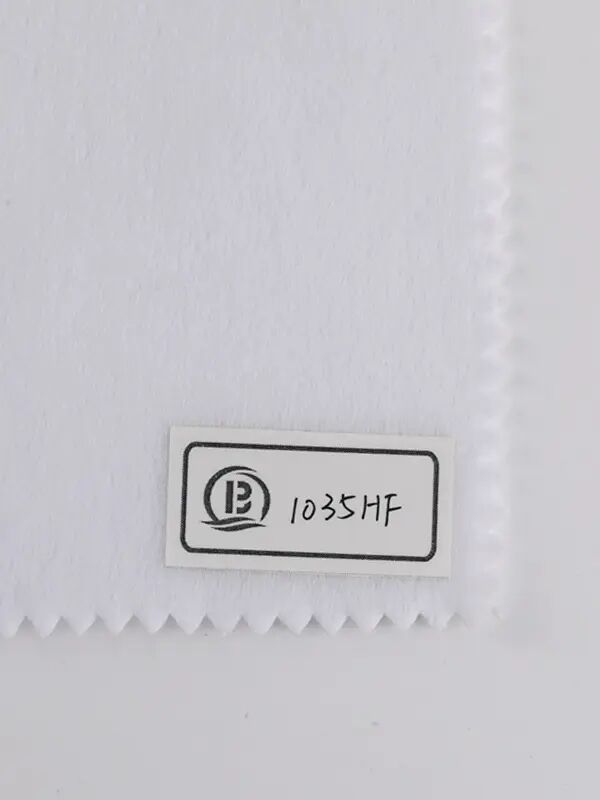Most fabrics require additional materials for interlining, securing construction of the garment. Have you ever thought about how your go-to shirt or dress goes from just an idea to being a physical piece of clothing? Today, I am excited to talk about BANQ INTERLINING Woven Fusible Interlining construction with you and share more knowledge in the role interlining plays in this process.
Why is interlining so important in sewing?
If you're a fashion designer and have an idea for a new garment, there's more involved in just how the garment will look. They also have to think about how it will be manufactured and what sort of lifespan it will enjoy. Here's where interlining comes in — Interlining is a layer of fabric that is sewn between the outer fabric and lining of a garment. Its purpose is to make the fabric more rigid, stable, and create stronger structures.
Tracing how garments are made from concept to fleshed out reality
The construction of wearable that requires a diversity of resources, people and processes. The journey starts with a design and an idea for a new garment. The designer does all of the sketching and choosing of fabrics and colors. After this a pattern maker creates a layout of how the garment will be cut and sewn. The fabric is then cut, and stitched into the final garment. Interlining is the support material that stabilizes seams, adds body to hems, and shape to collars and cuffs.
The Ever-Important Interlining For Improving Your Structured and Durable Clothing
There are many different types of weights, textures, and compositions when it comes to interlining materials that are needed for specific purposes on garment construction. Fusible interlining, for instance is coated so that it will mesh/fuse with the material at press or heat exposure points without actual sewing. Used in collars and cuffs as a stiffener for room and form Non-fusible interlining, on the other hand is sewn into the garment and gives pockets, waistbands and etc more durability.
Design and Performance Impact of Interlining Materials in Clothing
Interlining materials not only improve the structure and wearability of clothing items but also determine their design and utility. Using a heavy stiff interlining will give your garment more structure which is perfect for a coat and makes the jacket lie well, whereas using a BANQ INTERLINING Collar Fusible Interlining interlining creates a low-key feel. The interlining process also changes the way a garment hangs over the body, some materials add warmth and insulation, while others remove moisture away from the skin for comfort.
Interlining – how it transforms garment-making.
Interlining materials can take your fabric from concept to creation and provide you with a final product that is beautiful, eye-catching and practical. The use of interlining serves a triple purpose to either, strength seams, create construction details such and collars and cuffs or enhance the overall structure of a garment. So the next time you slip into your favorite shirt or dress, pause for a moment to marvel at the silent workhorse of interlining silently serving your style and comfort every time you get dressed.
Interlining is not the most exciting part of creating a garment but it certainly can be one of the most impactful. The fullness of why we wear clothes is interlining the subjects of our life. Therefore, next time you dress thin clothing, remember to thank the Non Woven Fusible Interlining 'middle layer', after all it is you help your coat and good look so comfortable. And if you would like to know more about the world of interlining, visit BANQ INTERLINING for all of your garment construction necessities.
Table of Contents
- Why is interlining so important in sewing?
- Tracing how garments are made from concept to fleshed out reality
- The Ever-Important Interlining For Improving Your Structured and Durable Clothing
- Design and Performance Impact of Interlining Materials in Clothing
- Interlining – how it transforms garment-making.

